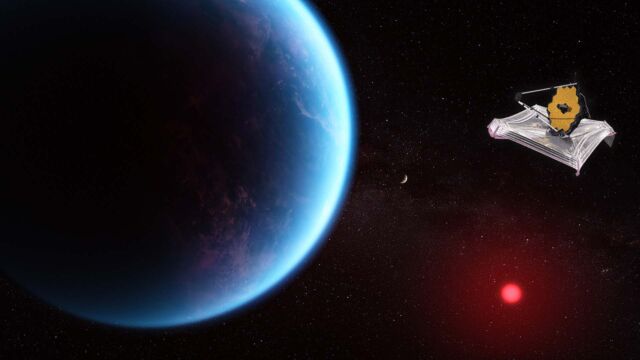Masturbation has been happening in the animal kingdom for the last 40 Million years, about when monkeys and apes had a common ancestor.
(Un)fortunately, humans were not the only ones that awoke one day and just started doing it; self-pleasure is an ancient and evolved trait.
However, the benefits of autosexual behavior remain unclear because, from an evolutionary perspective, masturbation appears to be expensive, distracting, wasteful, and perhaps dangerous.
To piece together the history of the behavior, researchers generated the largest dataset on masturbation occurrence to date, using roughly 400 sources, including 246 papers, 150 questionnaire replies, and personal communications from primatologists and zookeepers[1].
They then projected the data into primate evolutionary trees, indicating how far back the action went.
Hypotheses Explaining the Purpose of Masturbation
Masturbation, or autosexual behavior, is frequent throughout the animal kingdom but appears to be prevalent in primates.
Self-Pleasuring appears to be a difficulty for evolutionary theory, it does not immediately improve survival chances and, by definition, occurs at the expense of reproductive partners while incurring time, attention, and energy expenditures.
Postcopulatory Selection Hypothesis
This hypothesis predicts that masturbation increases the chances of fertilization and this hypothesis is composed of two other hypotheses, i.e., the Sexual Arousal Hypothesis and the Sperm Quality Hypothesis.
According to the Sexual Arousal Hypothesis, non-ejaculatory male masturbation may hasten eventual ejaculation, which benefits low-ranking males at risk of being outcompeted by rivals [2]
The Sperm Quality Hypothesis states that ejaculatory pre-copulatory male masturbation may eject inferior sperm, improving subsequent ejaculate quality.
The Sexual Arousal Hypothesis may also help explain female masturbation. Female arousal raises vaginal pH, making it more receptive to sperm.
Arousal-induced vaginal discharge screens out inferior sperm while boosting the transport of high-quality sperm to the uterus.
Similarly, female orgasmic contractions may facilitate sperm passage through the uterine cavity, and prolactin releases may facilitate sperm passage.
Pathogen Avoidance Hypothesis
Per the Pathogen Avoidance Hypothesis, masturbation is a type of postcopulatory genital hygiene that aids in the prevention of sexually transmitted infections (STIs).
The initial line of defense against infection is frequently behavioral tactics, followed by physiological and immunological responses.
Various species and humans have acquired postcopulatory grooming procedures such as oral self-cleansing or urinating.
Male Cape ground squirrels utilize an alternative method, masturbating after mating and ejaculating to clean the reproductive system.
This behavior has received little systematic comparative research, and its evolutionary history is unknown because genital stimulation is reinforced, by the same decadent feedback, whether auto-sexual or allosexual.
References
- Matilda Brindle, Henry Ferguson-Gow, Joseph Williamson, et al., ‘The evolution of masturbation is associated with postcopulatory selection and pathogen avoidance in primates‘, The Royal Society Publishing, 7 June 2023, https://royalsocietypublishing.org/doi/10.1098/rspb.2023.0061#d1e468[↩]
- Matilda Brindle, et al., ‘The evolution of masturbation is associated with postcopulatory selection and pathogen avoidance in primates’, The Royal Society Publishing, 7 June 2023, https://royalsocietypublishing.org/doi/10.1098/rspb.2023.0061#d1e468[↩]





